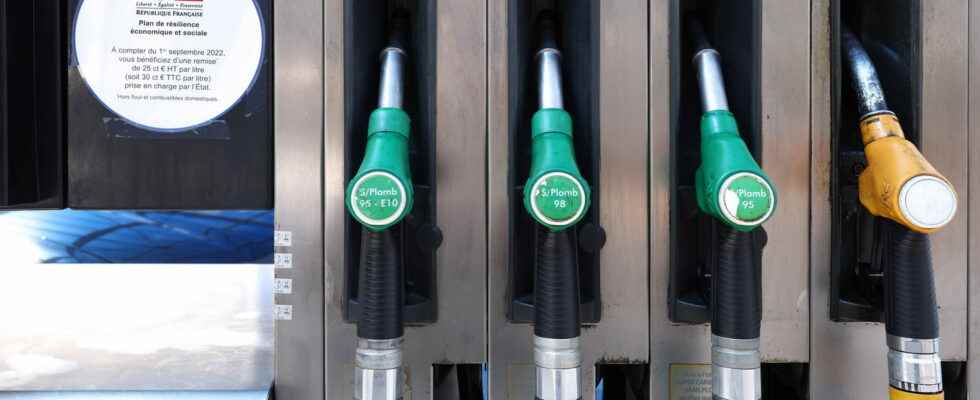The gasoline shortage affecting the stations has prompted three departments of Provence-Alpes-Côte d’Azur to ration the sale of fuel at the pump to 30 liters per vehicle. Can the measure be extended throughout France?
[Mis à jour le 12 octobre à 12h24] When will there be a return to normal to stock up on gasoline? The end of the shortage is not for now… Jean-Marc Durand, director of European refining at TotalEnergies, interviewed by BFM TV this Monday, October 10, warned that it would take at least “a big week to regain a normal rhythm” and this only in the event of the end of the strike movement. Indeed, the gasoline shortage is caused by a social movement in the oil groups Total and its competitor, ExxonMobil (Esso). This strike of employees demanding a rise in wages, mixed with long queues in service stations has triggered a real shortage in certain regions.
Faced with this situation, three departments have implemented restrictive measures, rationing at the pump. Vaucluse was the first to make this decision on October 8 but was followed two days later by Var and Alpes-de-Haute-Provence. The prefectures have issued orders to limit the sale of fuel, petrol or diesel, at 30 liters per car and 120 liters for heavy goods vehicles. Behind the restriction is the desire to “allow as many people as possible [d’automobilises] to refuel.”
Gasoline rationing soon generalized?
If three departments use this solution to limit the harmful consequences of fuel shortages on motorists, the rationing of gasoline is not at all generalized to the whole of France. And a priori the government has no plans to extend the measure to the entire territory. The measure is used more in the event of a proven shortage of fuel, but as the Minister of Transport, Clément Beaune, explained on October 11 on RMC : “We are not managing the shortage, we are trying to put an end to this difficulty”. He means by this that more than a shortage, the petrol stations are suffering from the supply problems caused by the strike of the employees of the refineries of TotalEnergies and Esso, but on the quantity and production side France continues to have fuel.
The government has enacted another solution to rationing at the pump: the requisition of refineries to circumvent the strike and deliver gasoline. The government decision has been taken, the first requisitions are for this Wednesday, October 12.
As for the rationing at the pump, it is the motorists who express their dissatisfaction, at least for some. Large riders in particular or individuals living in rural areas and for whom it is inevitable to travel several tens of kilometers a day simply to get to work or for essential daily journeys, consider the 30-litre ration insufficient. The question then is whether it is better to limit the sale of fuel and multiply the aisles at the station in the hope of limiting waiting at the pump or leaving fuel consumption free but finding the long queues without being able to guarantee a little fuel to all road users. Other motorists welcome the news rather well, which they consider to be a measure of good citizenship.
Fuel rationing applied even to priority services?
The shortage of gasoline has prompted the prefectures to define certain priority professional services to obtain gasoline, in particular private health professionals who travel many kilometers to meet medical needs and emergencies or services such as firefighters or the police. For all these vehicles, the full list of which is available on the websites of the prefectures, such as here for that of the Var, no fuel rationing is in place.
When is the end of gasoline rationing expected?
Rationing at the pump in these three departments of Provence-Alpes-Côte d’Azur is scheduled to last at least until Friday, October 14 at 6 p.m. A date that corresponds with the return to normal hoped for within three or four days by the government. However, executive spokesman Olivier Véran estimated on Tuesday, October 11 on RTL that the normal operation of the most affected stations could return within a fortnight, at most. The prefectures can therefore, depending on the situation and the pressure on the quantity of gasoline available at the terminals, decide to extend the measure.
